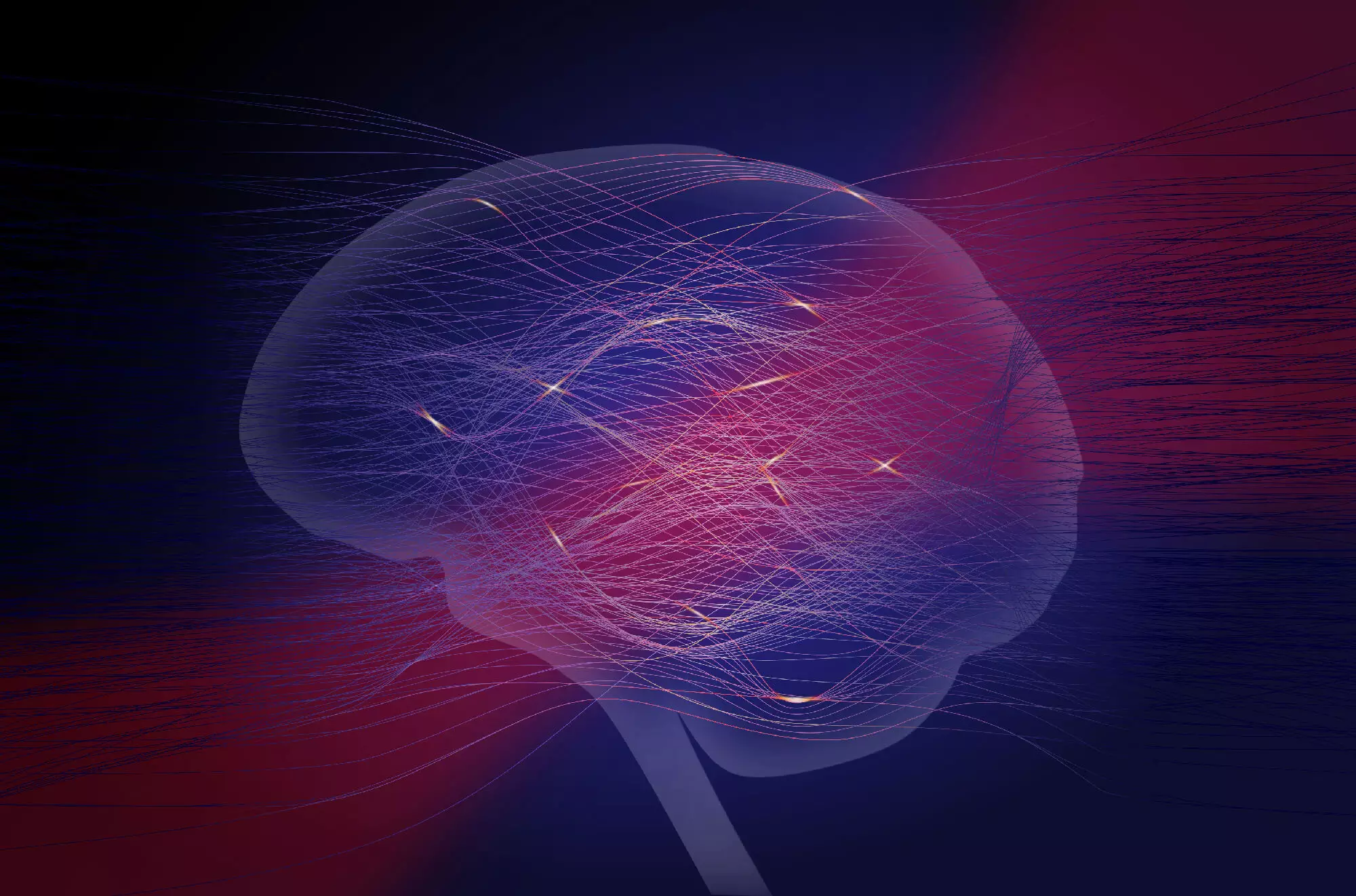In a groundbreaking development, scientists have put forth a novel method for implementing neural networks using optical systems. This innovative approach, detailed in a recent article published in Nature Physics by researchers at the Max Planck Institute for the Science of Light, promises to revolutionize the field of machine learning and artificial intelligence.
With the widespread adoption of machine learning techniques in various applications such as computer vision and text generation, the demand for more sophisticated neural networks has grown exponentially. However, this rapid expansion comes at a cost – escalating energy consumption and training times. The training of complex models like GPT-3 has been shown to consume enormous amounts of energy, highlighting the urgent need for more sustainable alternatives in the realm of artificial intelligence.
To address the growing concerns regarding energy efficiency and cost-effectiveness in machine learning, the field of neuromorphic computing has gained traction. The objective of neuromorphic computing is to replace traditional digital neural networks with physical neural networks that can perform mathematical computations in a faster and more energy-efficient manner. Optics and photonics have emerged as promising platforms for neuromorphic computing, offering the advantage of minimal energy consumption and high-speed parallel computations.
Despite the potential benefits of optical neural networks, there have been significant hurdles to overcome. One of the key challenges has been the realization of complex mathematical computations using high laser powers, as well as the lack of efficient training methods for physical neural networks. However, a new method proposed by Clara Wanjura and Florian Marquardt from the Max Planck Institute for the Science of Light offers a promising solution to these challenges.
In their groundbreaking approach, Wanjura and Marquardt propose a method in which the input signal is imprinted on the light transmission, rather than the light field itself. This innovative technique allows for the processing of input signals in a flexible and efficient manner, eliminating the need for complex physical interactions that typically require high-power light fields. By simply observing the transmitted light, researchers can evaluate the output of the network and gather all necessary information for training the physical neural network.
Through simulations, the authors have demonstrated that their approach can achieve image classification tasks with comparable accuracy to digital neural networks. The next steps involve collaborating with experimental groups to implement their method across diverse platforms, thereby expanding the possibilities for neuromorphic devices. By simplifying the experimental requirements, this new approach holds the potential to revolutionize the field of machine learning and pave the way for sustainable and efficient neural network implementations.
The proposed optical neural network methodology marks a significant milestone in the pursuit of sustainable and energy-efficient machine learning technologies. By leveraging the power of optics and photonics, researchers have unlocked new possibilities for the future of artificial intelligence. With further exploration and experimentation, optical neural networks could redefine the way we approach complex computational tasks, ushering in a new era of innovation in the field of artificial intelligence.


Leave a Reply